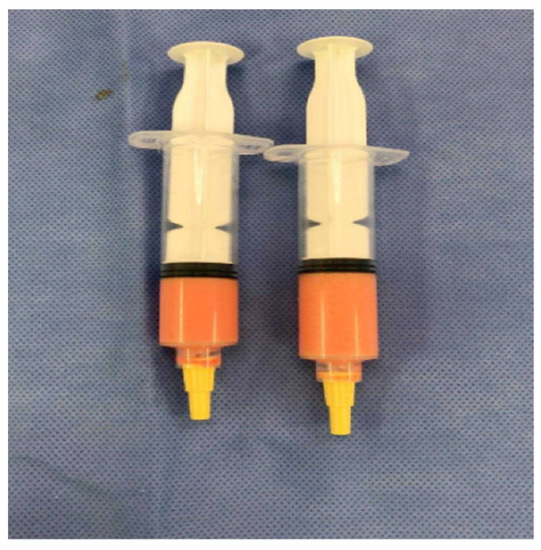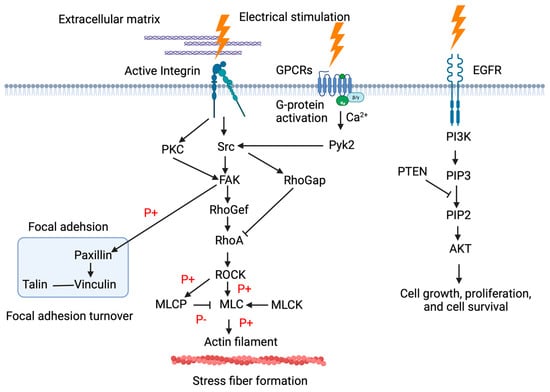Advances in Skin Wound Healing
A topical collection in Medical Sciences (ISSN 2076-3271). This collection belongs to the section "Translational Medicine".
Viewed by 10575Editors
Interests: wound healing; wounds; plastic surgery; burns; plastic and reconstructive surgery; wound phases, angiogenesis, career in medicine
Topical Collection Information
Dear Colleagues,
The ability to heal wounds has always given a decisive evolutionary advantage to species, and especially to human beings. Therefore, it represents one of the most important biological processes in the human organism. Although the experimental research, especially in the last few decades, has presented the general steps in the wound-healing process and some significant progress in the treatment of wounds has been achieved, many questions remain unanswered. In addition, chronic or non-healing wounds represent a growing health problem worldwide. The underlying pathogenesis of chronic wounds is further complicated by factors such as advanced age, poor nutrition, metabolic disorders, and immunosuppression, which trigger additional cellular and systemic stress and thus delay the wound-healing process.
This Topical Collection will provide up-to-date information regarding the general steps in the wound-healing process with its participant cells, the extracellular matrix, cytokines, chemokines, and growth factors, as well as their interactions with the microenvironment during various phases. Furthermore, differences in wound-healing processes in different skin tissues such as mucosa, scar, genital skin, and in pathologic skin wound-healing processes are discussed. A further focus will be on current conservative and surgical measures that can be taken to improve wound healing and modern wound management.
Therefore, we look forward to receiving a comprehensive overview of this topic which highlights the current knowledge and therapies in skin wound healing and provides future outlooks regarding interesting and promising approaches to address the current problems in wound-healing disorders.
Dr. Heiko Sorg
Dr. Daniel J. Tilkorn
Collection Editors
Manuscript Submission Information
Manuscripts should be submitted online at www.mdpi.com by registering and logging in to this website. Once you are registered, click here to go to the submission form. Manuscripts can be submitted until the deadline. All submissions that pass pre-check are peer-reviewed. Accepted papers will be published continuously in the journal (as soon as accepted) and will be listed together on the collection website. Research articles, review articles as well as short communications are invited. For planned papers, a title and short abstract (about 100 words) can be sent to the Editorial Office for announcement on this website.
Submitted manuscripts should not have been published previously, nor be under consideration for publication elsewhere (except conference proceedings papers). All manuscripts are thoroughly refereed through a single-blind peer-review process. A guide for authors and other relevant information for submission of manuscripts is available on the Instructions for Authors page. Medical Sciences is an international peer-reviewed open access quarterly journal published by MDPI.
Please visit the Instructions for Authors page before submitting a manuscript. The Article Processing Charge (APC) for publication in this open access journal is 1400 CHF (Swiss Francs). Submitted papers should be well formatted and use good English. Authors may use MDPI's English editing service prior to publication or during author revisions.
Keywords
- wound healing
- wound-healing disorders
- mucosa
- scar
- wound phases
- angiogenesis








